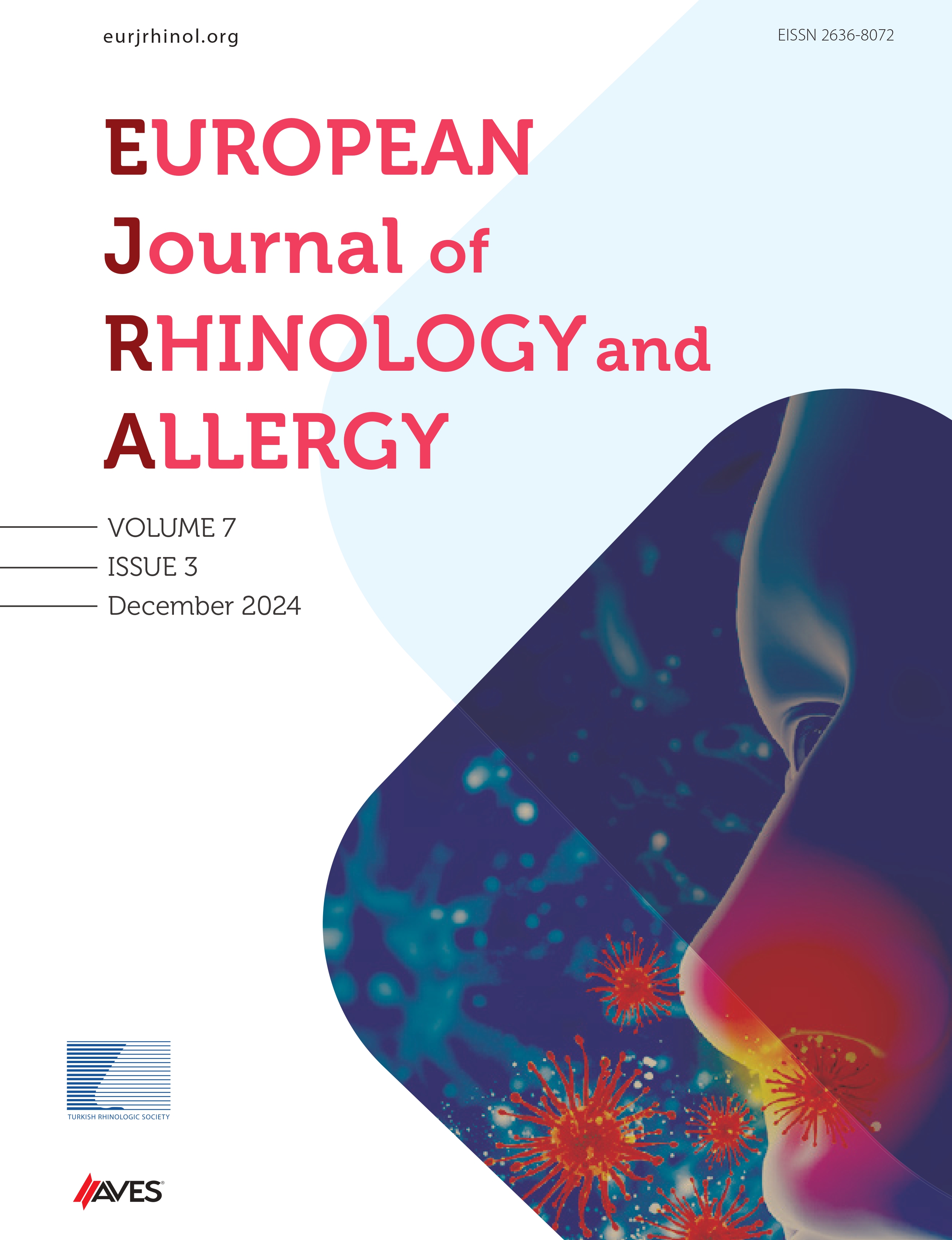Objective: Mucosal melanomas are rare neoplasms having their own pathogenesis, epidemiology, and clinical characteristics. Most patients will develop metastatic disease regardless of surgical resection, which is the preferred treatment in the early stages. However, there are few data published in the literature and there are no well-defined therapeutic guidelines. This work aims to present 3 cases of mucosal melanoma of the head and neck and, considering the particularities and rarity of this type of tumor, carry out a review of its characteristics, staging, and treatment.
Methods: Data regarding clinical records were reviewed maintaining anonymity. The study was performed according to the Helsinki Committee requirements. Patients have given their informed consent for participation in the research study.
Results: We present 3 cases of nasosinusal malignant melanoma that were observed at our center. All underwent endoscopic sinus surgery. The conditions of these patients were discussed in light of literature guidelines.
Conclusions: Nasosinusal malignant melanoma of the nose is a rare tumor. Considering the high probability of recurrence of this type of tumor and the associated poor prognosis, even after aggressive surgical treatment, more studies are needed to establish the use of systemic complementary immunotherapy to improve the prognosis. The endoscopic surgical approach is our preferential approach since it allows us to obtain an apparently similar local control regarding open surgery, with less associated morbidity. Checkpoint inhibitor immunotherapy, established as the first line for metastatic cutaneous melanoma, appears to be the primary systemic treatment with the most promising role for nasosinusal melanoma progression-free survival. The rarity of this lesion reinforces the consideration of nasosinusal melanoma among the differential diagnosis of tumors of nose and paranasal sinuses.
Cite this article as: Machado AS, Pinto E, Silva A, Santos M, Meireles L. Nasosinusal malignant melanoma: same entity, different outcomes. Eur J Rhinol Allergy. 2023;6(1):28-33.

.png)

.png)